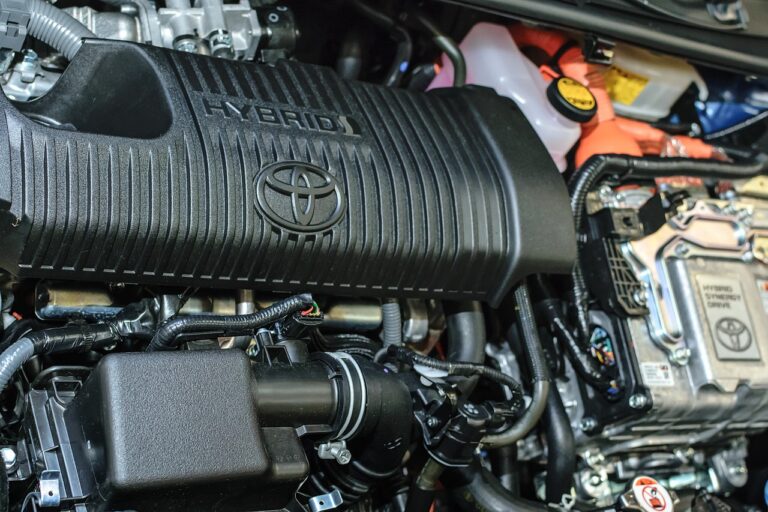The Evolution of Brake System Brake Lock Technology
11xplay login, king567, skyinplay.com login:The Evolution of Brake System Brake Lock Technology
Have you ever wondered how brake lock technology has evolved over the years? From basic systems to intricate electronic controls, the design and functionality of brake lock systems have come a long way to improve safety and performance.
Brake lock technology has been a crucial aspect of automobile safety for decades. This technology is designed to prevent wheels from rotating freely, especially in emergency situations such as sudden stops or loss of traction. By locking the wheels, brake lock systems help to reduce the risk of skidding and improve overall vehicle control.
Let’s take a closer look at the evolution of brake lock systems and how they have improved over time.
Early Mechanical Systems
The earliest brake lock systems were mechanical in nature and were operated manually by the driver. These systems typically involved a lever or pedal that would engage a mechanism to lock the wheels in place. While this early technology was effective in some situations, it was limited in its functionality and reliability.
Hydraulic Systems
Hydraulic brake lock systems were the next evolution in brake lock technology. These systems used hydraulic pressure to apply the brakes and lock the wheels in place. By utilizing the power of hydraulics, these systems offered improved reliability and performance over their mechanical counterparts.
Electronic Controls
The most significant advancement in brake lock technology came with the introduction of electronic control systems. These systems use sensors and computer-controlled actuators to modulate braking pressure and lock the wheels when necessary. Electronic brake lock systems offer precise control and rapid response times, making them ideal for modern vehicles.
Anti-lock Brake Systems (ABS)
One of the most well-known applications of brake lock technology is in anti-lock brake systems (ABS). ABS is designed to prevent wheels from locking up during hard braking, allowing the driver to maintain steering control even in slippery conditions. ABS has become standard in most modern vehicles and has greatly improved overall safety on the roads.
Electronic Stability Control (ESC)
Electronic stability control (ESC) is another advancement in brake lock technology that helps to prevent skidding and loss of control. ESC uses sensors to monitor vehicle dynamics and automatically applies the brakes to individual wheels to help stabilize the vehicle. This technology has become increasingly common in new vehicles and has proven to be highly effective in reducing accidents.
Future Trends
As technology continues to advance, the future of brake lock technology looks promising. Innovations such as autonomous emergency braking and predictive braking systems are being developed to further improve safety and performance on the roads. These systems use advanced sensors and algorithms to anticipate potential hazards and apply the brakes proactively to prevent accidents.
In conclusion, the evolution of brake lock technology has come a long way from early mechanical systems to sophisticated electronic controls. These advancements have greatly improved safety and performance on the roads, making driving safer for everyone. With ongoing developments and innovations, the future of brake lock technology looks bright.
FAQs
Q: How does ABS work?
A: ABS uses sensors to monitor wheel speed and modulate braking pressure to prevent wheels from locking up during hard braking.
Q: What is the difference between ABS and ESC?
A: ABS prevents wheels from locking up during braking, while ESC helps stabilize the vehicle and prevent skidding.
Q: Are electronic brake lock systems reliable?
A: Yes, electronic brake lock systems offer precise control and rapid response times, making them highly reliable in most situations.







